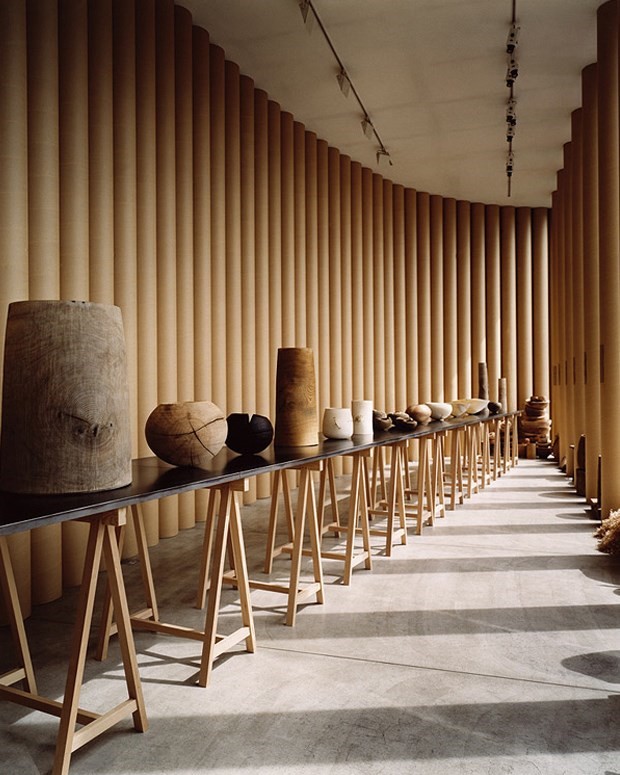“There’s long been a tension between art, design and craft,” says Deyan Sudjic, director of London’s Design Museum and one of the judges of Loewe’s inaugural Craft Prize. “And craft always gets the short end of the stick.” He’s right: we rarely associate seminal design movements with such a term; instead, it usually conjures ideas of sewing circles and felting, middle class busywork rather than Lucie Rie or William Morris or Hans Coper. “People have very odd associations with craft,” says Jonathan Anderson, creative director of Loewe, and the man who first conceived of the award. “We see it as a very nostalgic thing but, in the digital age, we want to reconnect with something… and no matter what age demographic or background you’re from, certain objects just have a resonance: they make you feel happy.”
“There’s long been a tension between art, design and craft – and craft always gets the short end of the stick” – Deyan Sudjic
Such a sentiment – of finding joy in objects that communicate something intangibly human through their very presence – was something explicitly championed by the first edition of this annual competition, established to pull focus on this oft-marginalised field. After all, Loewe is a brand directly invested in handwork (the Spanish brand is over 170 years old, and has been built upon the craftsmanship of its leather goods) – but rather than creating endless videos exploring the intricacies of assembling a handbag, or filming workers in their ateliers, Anderson has taken a typically left-field approach in celebrating the field (anyway, “people know we make bags properly,” he grins, “because we make good bags”).
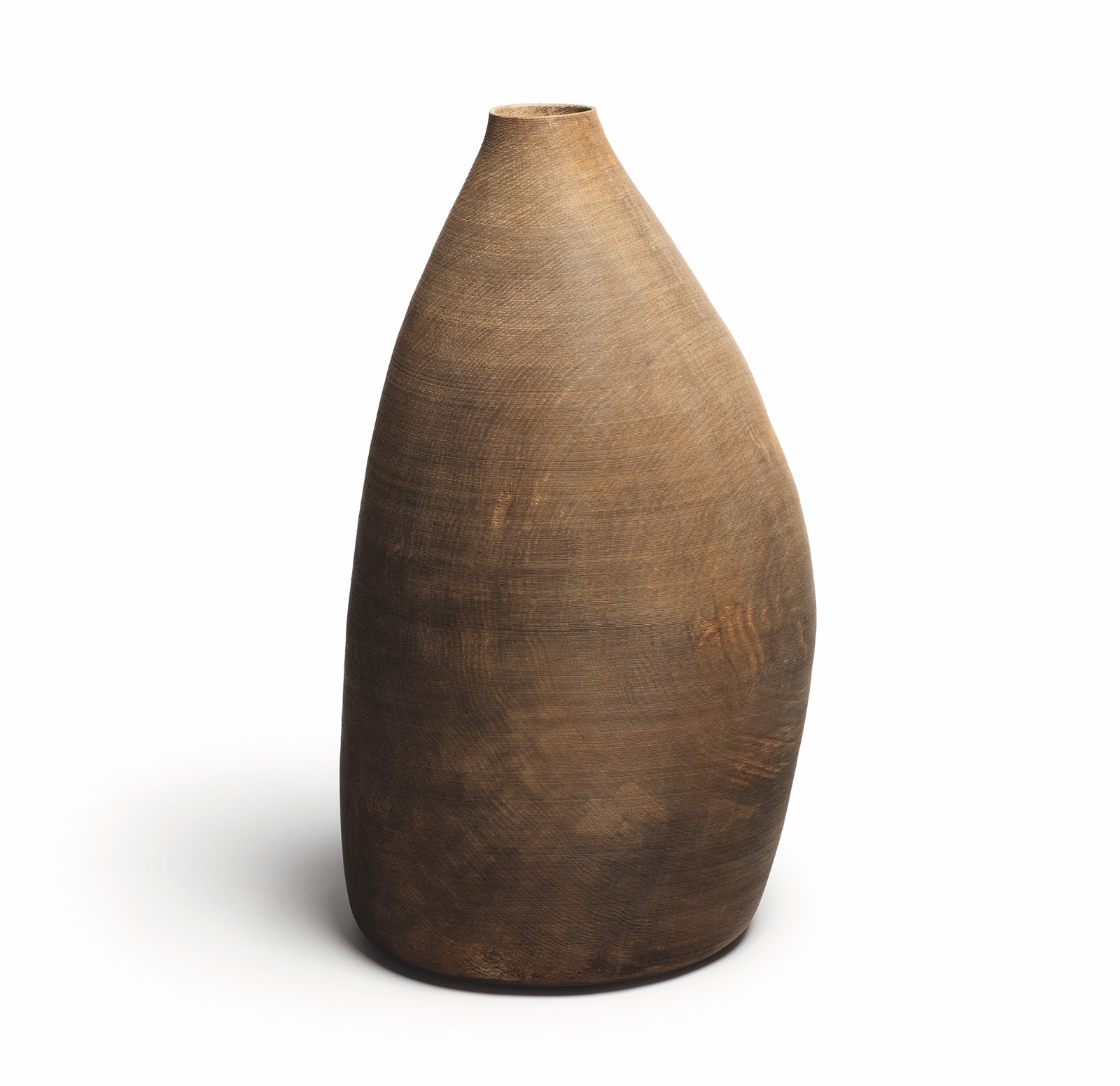
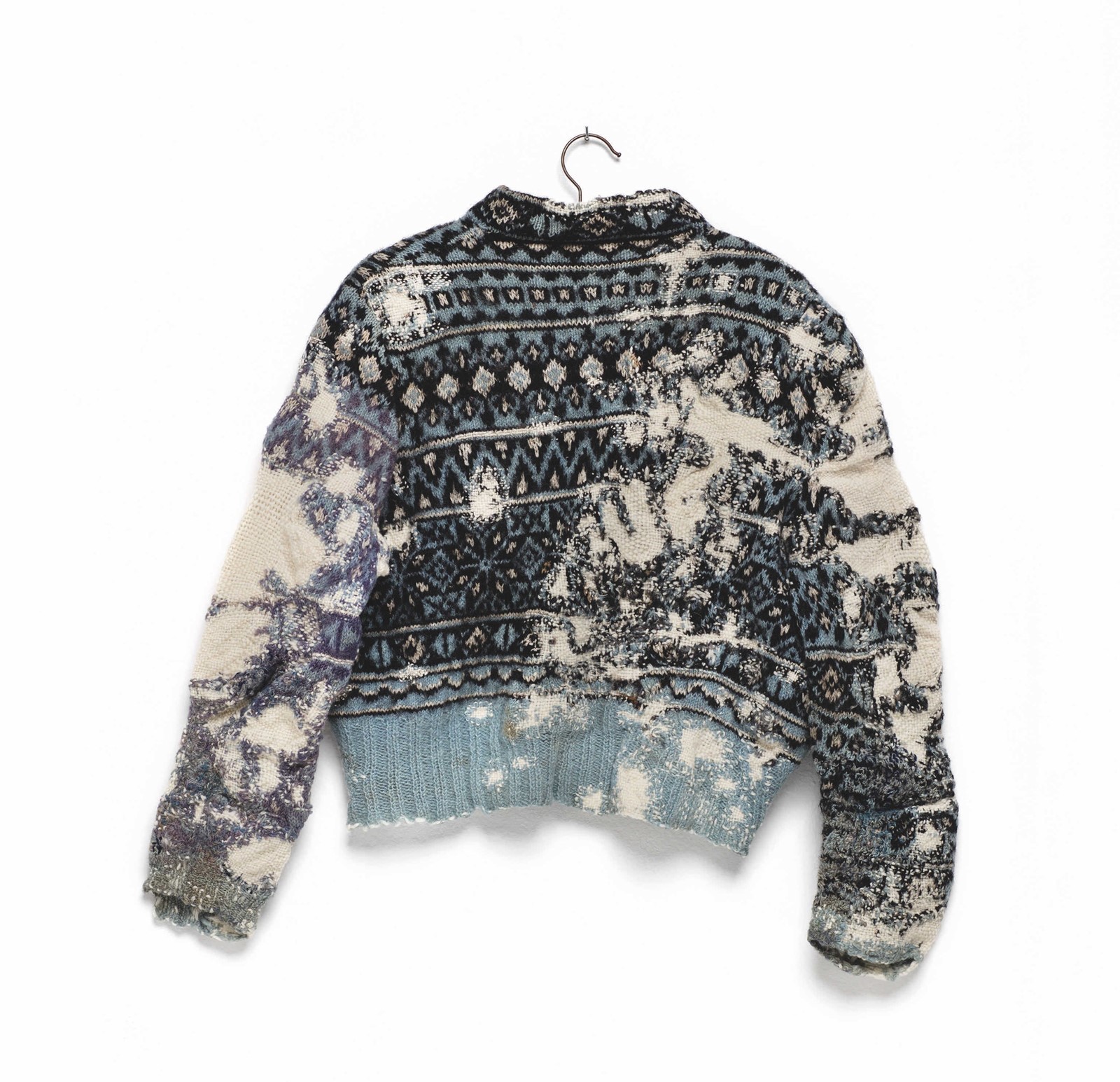
Over the past few years, Anderson has redesigned the Loewe stores, filling them with ceramics and floristry and woodwork – because, “how miserable would your stores be if they were just about buying?” – but only now has he realised the project that he envisioned as soon as he was appointed there. It is an endeavour which speaks to his own experience – after all, “I wouldn’t be where I am without awards and prizes” – and is certainly a labour of love. The prize’s esteemed panellists have spent the past year sifting through nearly 4,000 entries, submitted by a diverse range of global craftspeople, before choosing a final 26 to be part of a travelling exhibition, and then two special mentions and one winner (who was also bestowed with €50,000).
“I wouldn’t be where I am without awards and prizes” – Jonathan Anderson
That winner was Ernst Gamperl, a German woodworker whose series Tree of Life spoke most dearly to the panel for what Charlotte Rampling described as its “material integrity”. Each wooden vessel, formed from a single 300-year-old oak uprooted during a thunderstorm, bears “the singular mark of the maker’s hand”, and is a testament to the beauty of nature and craftwork alike. “It’s kind of perfection and imperfection,” explains Gamperl. “You see, the rims are perfect but the nature of it is naturally deformed. It’s the balance of it all that gives the object its character.”
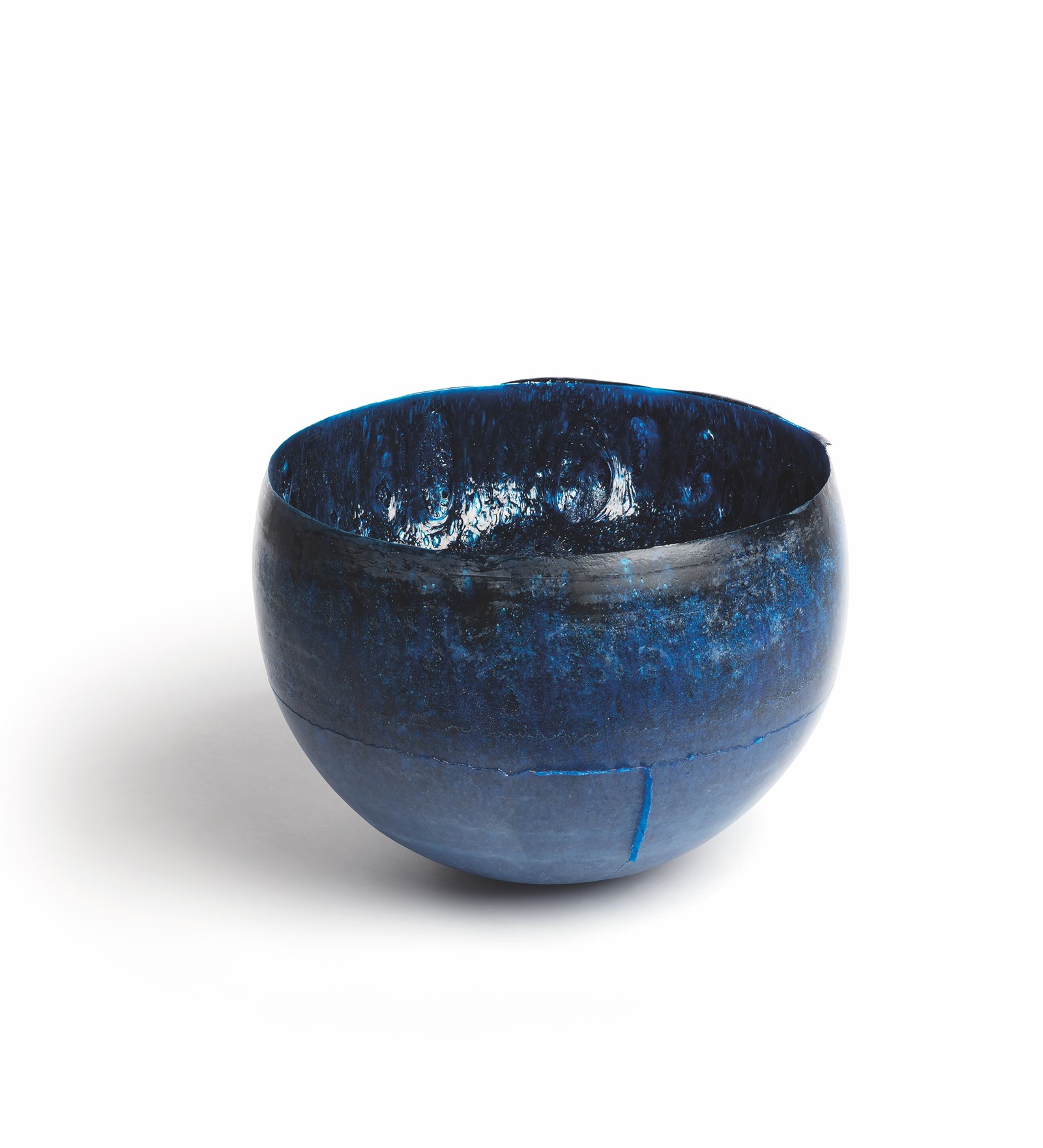
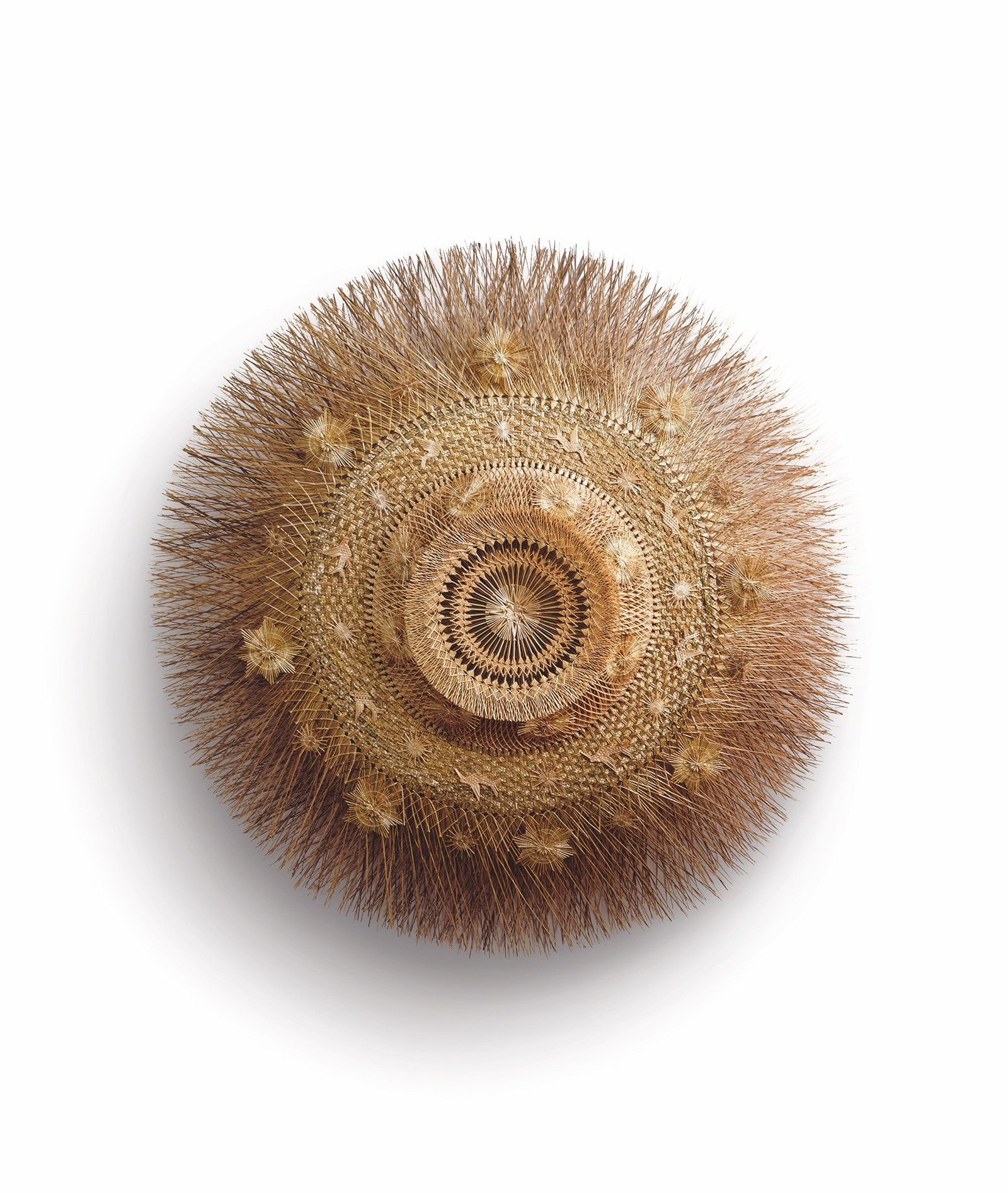
With each piece lathed into an organic shape, taking cues from the forms, fissures and fractures of the original tree, before being carved with grooves designed “to give more deepness to the texture,” and coated with natural minerals which react with the wood’s tannic acid to give a varied finish, there is something instinctively, innately appealing about their presence in a room. And perhaps that was what arose most visibly from this prize – physically experiencing the remarkable intimacy of Celia Pym’s knitwear, or the intricate embroidery of Chiachio & Giannone – that you have to feel the presence of these objects in order to be as enamoured with them as Anderson, or Rampling, or Sudjic. They need to be seen to be felt; they resist Instagram appeal and digital-age trends. In Ramplings words: “these are objects that make us happy. We need to have pleasure.”
